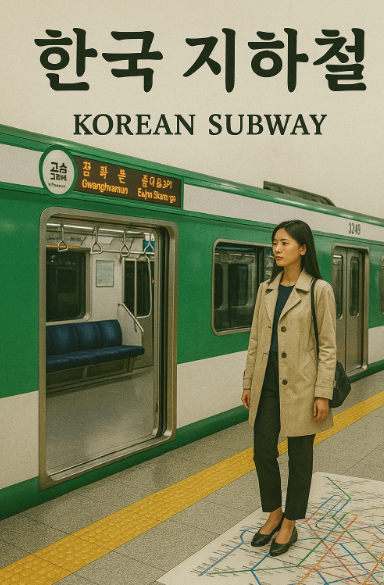Korean interior design is a captivating blend of tradition and modernity, showcasing a unique aesthetic that reflects the culture’s values and history. From traditional hanok homes to contemporary urban apartments, Korean interior design emphasizes harmony with nature and space efficiency.
The Essence of Hanok Design
The traditional Korean house, known as a hanok, is characterized by its organic use of materials and natural harmony. These homes are typically constructed using wood, earth, and stone, harmonizing with the surrounding environment. The integration of ondol, a traditional underfloor heating system, demonstrates an age-old emphasis on comfort and efficiency.
Hanok architecture is designed to promote wellbeing. Layouts often include a maru, or open floor room, which functions flexibly for various activities. The sliding doors and paper windows ensure the smooth transition between spaces, promoting natural light and ventilation.
Modern Influences in Korean Interiors
Modern Korean interior design blends traditional elements with contemporary aesthetics, creating a sophisticated yet harmonious environment. Clean lines, minimalistic decor, and muted color palettes are prevalent, reflecting the influence of global design trends.
Many interiors utilize multifunctional furniture to maximize space, especially in urban settings where living areas may be compact. The integration of smart home technology is also a key feature, enhancing convenience and connectivity.
Key Elements and Materials Used
Natural materials remain central in Korean interior design. Wood and stone are preferred for their durability and warmth. Additionally, textiles like cotton and silk add texture and color, contributing to the serene ambiance typical of Korean homes.
Another key component is lighting, often employed to create a calm and inviting atmosphere. Soft, diffused lighting complements the clean and uncluttered interior, enhancing the overall aesthetic.
Space Utilization Techniques
Korean interiors are renowned for their space utilization techniques. Every square inch is optimized, often through the use of built-in storage solutions and convertible furniture. This approach ensures functionality without compromising on style.
Sliding doors and foldable elements further aid in maximizing space, allowing areas to be adapted as needed. This flexibility is especially important in smaller apartments and homes, where efficient use of space is paramount.
Balancing Tradition and Modernity
What makes Korean interior design truly unique is its seamless balance between tradition and modernity. This synthesis is evident in how traditional motifs and patterns are integrated with modern design elements. Korean homes often feature a delicate balance of old and new, creating spaces that are both timeless and contemporary.
Incorporating traditional art, like calligraphy and pottery, alongside modern furnishings creates a layered aesthetic that captures the essence of Korean cultural identity.
| Element | Traditional | Modern |
|---|---|---|
| Materials | Wood, stone | Glass, metal |
| Furniture | Low tables, floor seating | Multifunctional, modular |
| Color Palette | Earthy tones | Neutral shades |
FAQs
What is the central philosophy of Korean interior design?
The central philosophy of Korean interior design is to create a harmonious balance between humans and nature, using space efficiently and ensuring comfort.
Are traditional elements still relevant in modern Korean interiors?
Yes, traditional elements remain highly relevant, offering a cultural touchstone that is often integrated into contemporary design practices.
How does space optimization work in Korean homes?
Space optimization is achieved through multifunctional furniture, built-in storage, and adaptable living environments that utilize sliding doors and transforming furniture.
Summary
✅ Korean interior design elegantly combines traditional elements with modern aesthetics.
✅ Hanok homes reflect an ancient emphasis on harmony with nature.
✅ Modern designs focus on simplicity, functionality, and space efficiency.
✅ Natural materials and harmonious color palettes are central to the aesthetic.
✅ Space optimization techniques are vital in both traditional and modern interiors.
#KoreanDesign #Hanok #InteriorDesign #TraditionalHomes #ModernDesign #Korea #CulturalAesthetics #SpaceEfficiency #Architecture #KoreanLifestyle #HomeDecor #DesignInspiration #KoreanCulture #NaturalMaterials #Harmony #Minimalism #ModernLiving #InteriorStyling #HomeInspiration #DesignTrends #SmartTechnology #CulturalIdentity #ArtAndDesign #ModernArchitecture #LivingSpace #Functionality #HomeDesign #DesignBalance #EcoFriendly #SustainableDesign #HomeComfort
